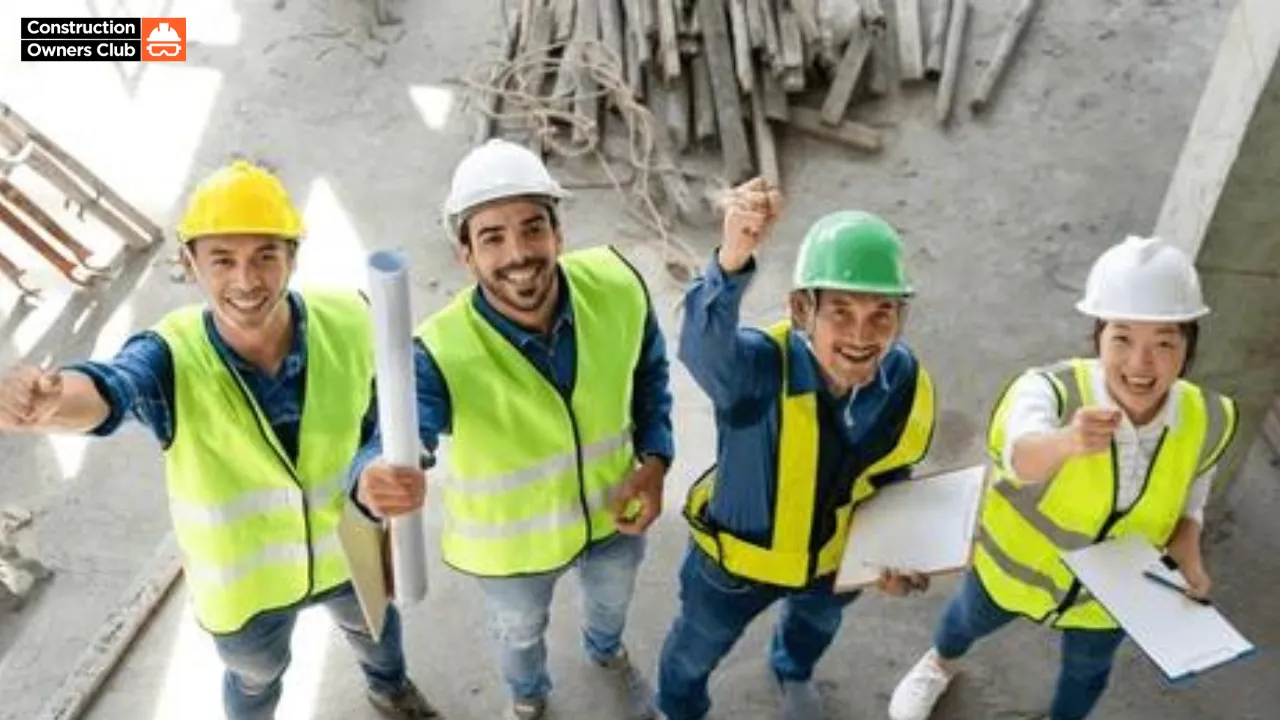
Can the construction industry be the hero or villain of the climate crisis? It’s a complex question with profound implications. The sector, a behemoth responsible for a significant chunk of global emissions, stands at a crossroads. But is it merely a reluctant participant in the green transition, or can it be a pioneering force?
The world is undergoing a seismic shift towards sustainability. The construction industry, once a laggard, is now under immense pressure to adapt. Gone are the days of concrete jungles guzzling energy. The future is about energy-efficient, resilient, and sustainable buildings. But the journey is fraught with challenges.
Cost is a significant hurdle. While sustainable building practices offer long-term benefits, the upfront costs can be prohibitive. This often leads to a trade-off between environmental performance and economic viability. We need innovative financial models and government incentives to bridge this gap.
Sustainability is not just about the environment; it’s about people too. The construction industry has a responsibility to ensure that the transition to a low-carbon built environment benefits everyone, not just a privileged few. This means creating green jobs, investing in worker training, and prioritizing affordable housing.
Furthermore, the industry must consider the social impact of its projects. From minimizing disruption to local communities to maximizing benefits, construction companies must operate with a strong sense of social responsibility.
Innovation is the key to unlocking the full potential of sustainable construction. We need to rethink materials, design processes, and construction methods. The circular economy, with its emphasis on reuse and recycling, offers a promising pathway.
Moreover, digital technologies like Building Information Modeling (BIM), artificial intelligence, and advanced analytics can revolutionize the industry. By optimizing design, construction, and operations, these technologies can significantly reduce waste and energy consumption.
The transition to a low-carbon built environment requires a collaborative effort from governments, businesses, and communities. Policymakers must create supportive frameworks, including incentives, regulations, and standards. Investors need to prioritize sustainable projects. And consumers must demand greener buildings.
The construction industry has a pivotal role to play in shaping the future. By embracing innovation, investing in people, and prioritizing sustainability, it can become a leader in the fight against climate change.
But the question remains: Will the industry rise to the challenge, or will it be left behind?
Our library of marketing materials is tailored to help construction firms like yours. Use it to benchmark your performance, identify opportunities, stay up-to-date on trends, and make strategic business decisions.
Join Our Community